Emerging Trends and Outlook for 2025
The convergence of artificial intelligence (AI) and life sciences is revolutionizing healthcare, offering new opportunities for innovation and efficiency. According to a McKinsey study, AI could add $100 billion annually to the pharmaceutical and medical products market by 2025.
$100 B
annual market impact AI
could have by 2025
In this report, IDR—an expert network specializing in connecting healthcare and life sciences firms with a global pool of clinical and non-clinical experts—shares insights drawn directly from senior executives and technologists within our network.
The report dives into the key trends, drivers, companies to watch, and predictions for 2025, based on expert interviews with senior executives and technologists at companies actively involved in AI within the sector. To identify key trends, we began by reviewing patent applications in key areas within life sciences in 2024 vs. the prior two years. We believe in full transparency at IDR, so we'll share this fact: there were fewer patent applications featuring AI in 2024 (2,300 total) than in the past two years (4,552 in 2023 and 3,398 in 2022). At least for patent searches focused on the patent class typically reserved for innovations in healthcare AI (class #G16H).

We believe this decline is due to 1) unusually large R&D investments in 2022 and 2023 as a response to the COVID-19 pandemic and 2) the fact that many patent applications are a lagging indicator of innovation due to the work required before a patent can be filed. For this reason, our report also factors in public interest, as measured by worldwide Google searches for key trends in the sector.
In any event, it's clear that the use of AI will continue to increase in the sector despite regulatory and other challenges that will need to be addressed. “AI holds immense potential to revolutionize drug development, optimize pricing models, and improve access to life-saving treatments," says Ron Tilles, Board Member at Pyros Pharmaceuticals, who was interviewed for this report. “This transformative potential is particularly critical as healthcare systems face mounting pressures from aging populations, rising costs, and increased consumer demand for personalized care.”
Factors such as the explosion of healthcare data and advancements in machine learning (ML) and deep learning technologies are propelling AI adoption across the sector. AI is increasingly used for complex applications like precision medicine, drug discovery, and diagnostic imaging.
Key Trends
AI in Drug Discovery and Development

Data Collection

AI Screening

Candidate Identification

Efficacy Prediction

Human Trials
AI is transforming how drugs are discovered and developed, reducing costs, accelerating timelines, and improving success rates. The pharmaceutical industry has embraced AI for its ability to sift through enormous datasets, identify promising drug candidates, and predicting their efficacy before human trials begin. This shift is being driven by rising R&D costs and the urgent need for novel therapies in areas like oncology, neurology, and rare diseases.
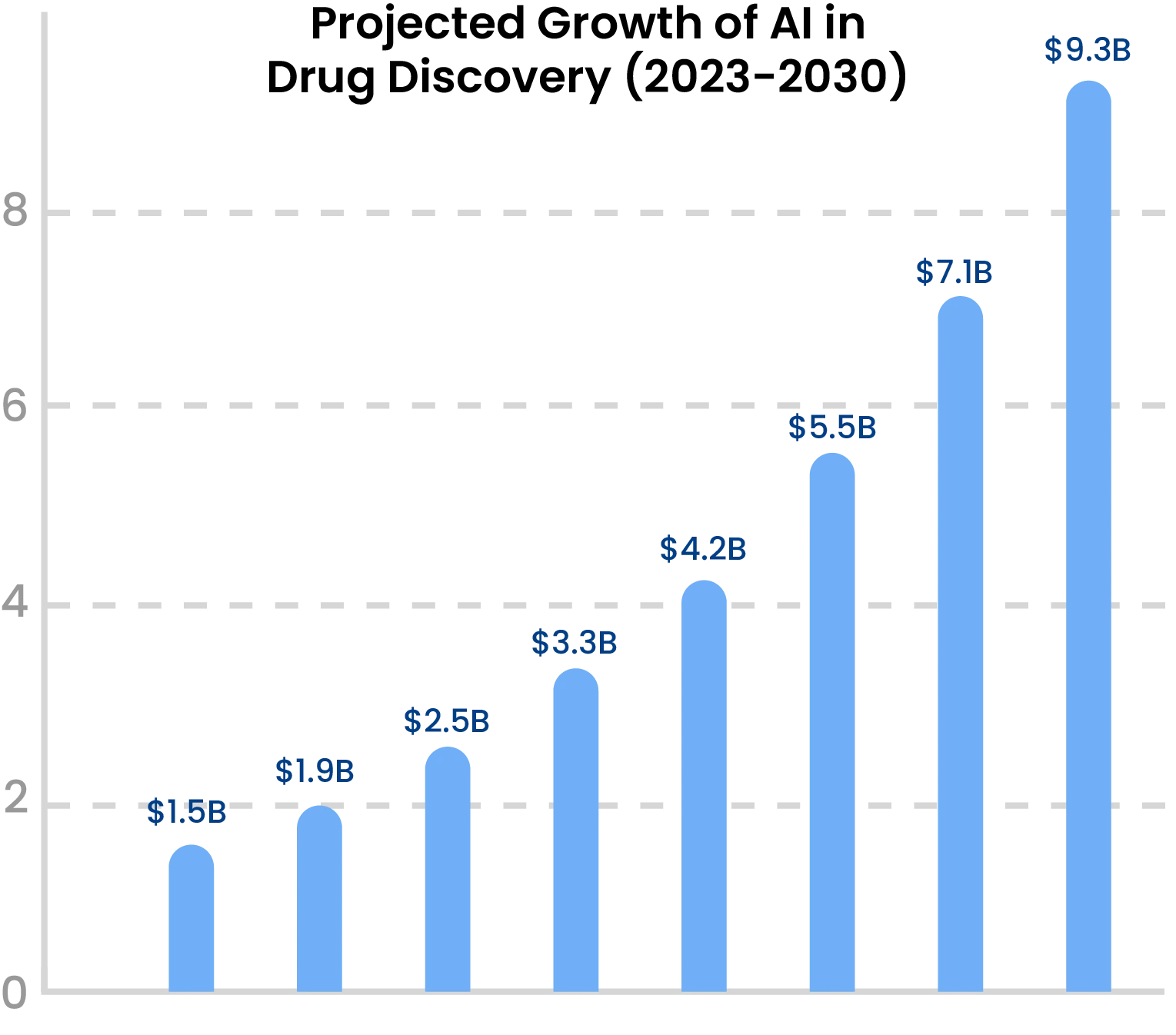
The global market for AI in drug discovery alone was valued at $1.5 billion in 2023 and is expected to grow at a compound annual growth rate (CAGR) of 29.7% from 2024 through 2030, according to Grand View Research. Google searches for "AI drug discovery" have surged 300% in the last two years, signaling growing interest in this field.
"AI's role in drug discovery is already accelerating, primarily focusing on early-stage research and drug targets," says Dr. Scott Schell, Chief Medical Officer at Cognizant. "I predict that, in the near future, this role will expand, with automation driving faster and more efficient research processes."
"Today, AI is helping in protein discovery and biometrics, but there's still significant room for improvement in predictive modeling for biology," notes Taylor Capito, Founder and CEO of GenRAIT. Companies like Insitro and BenevolentAI are specifically focused on leveraging AI to analyze vast datasets and develop groundbreaking therapies."
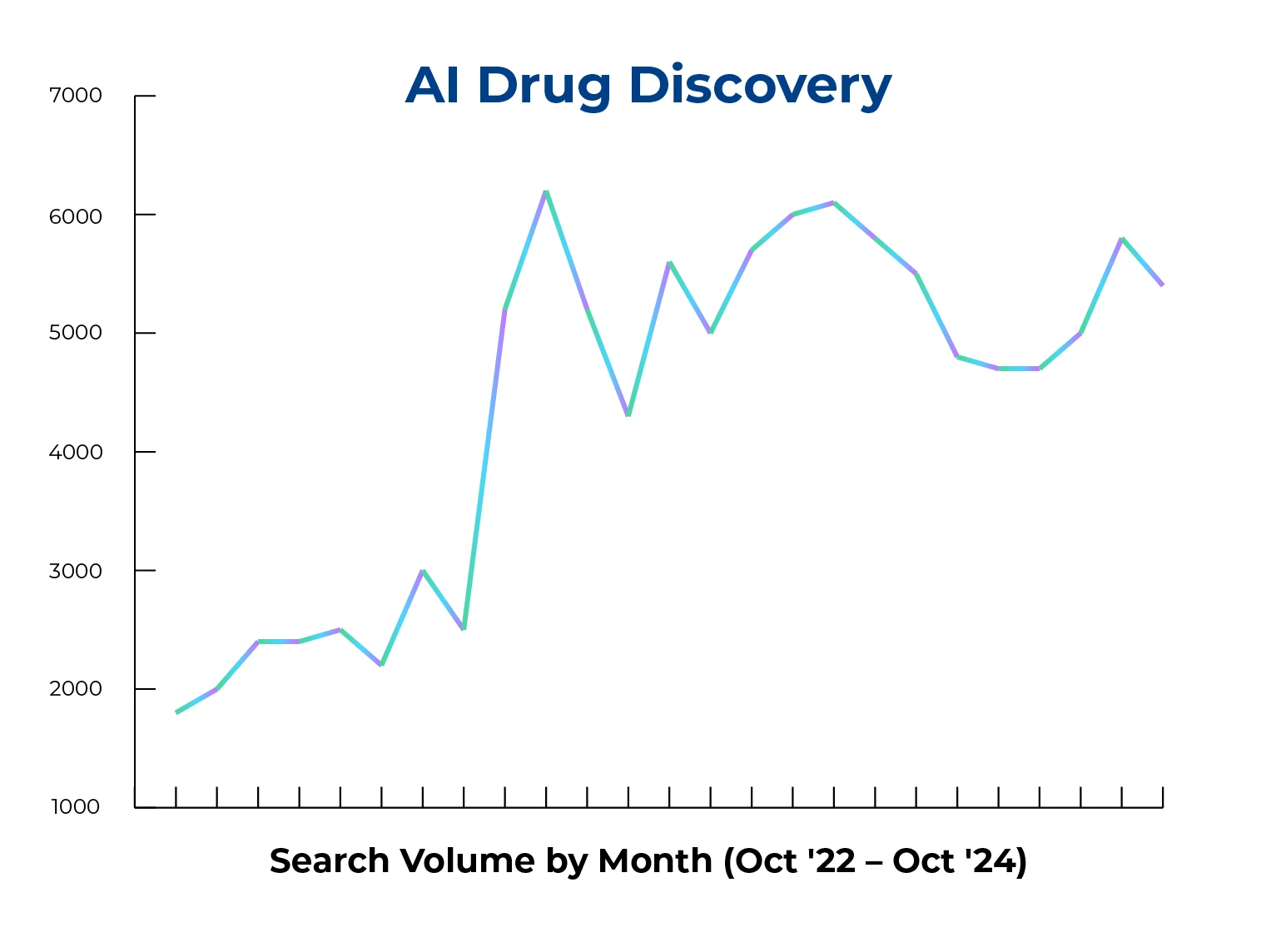
Genomic Data Analysis: Unlocking the Genome
AI's role in genomics is beginning to shape disease prediction and treatment. By analyzing genomic data, AI predicts disease risk and informs preventive measures. Advanced tools analyze genetic information to identify predispositions and develop targeted interventions. SOPHiA GENETICS, for example, provides AI-powered platforms for genomic analysis, gaining a 57% increase in search interest over the past year.
Uses include:
Cancer: Identifying biomarkers for early detection (e.g., EGFR mutations in lung cancer).
Rare Diseases: Discovering genetic causes and potential treatment pathways for conditions with limited understanding.
Taylor Capito, CEO, GenRAIT
"The genome holds predictive power, but its relationship to other data types has not been fully unlocked"
Tools like Plink, an open-source genomic analysis platform, are making genetic research more accessible to scientists worldwide. Plink helps efficiently analyze genotype and phenotype data and identifies correlations between genetic variations and observable traits. This helps geneticists and bioinformaticians uncover relationships within complex datasets. Adoption is growing in the research community. Google searches for Plink have risen by 29% this year compared to the same period last year.
AI-Powered Biomarker Discovery
AI is also helping identify biological markers that aid in diagnosing diseases and predicting treatment outcomes. This area has seen rapid growth, driven by advances in genomic research and increasing demand for personalized medicine. Biomarkers are critical for early detection and targeted therapies, making this a high-impact application of AI.
Sheena D. Franklin, Founder/CEO of K'ept Health
"AI is increasingly being used to accelerate the identification of novel biomarkers, improving diagnostic accuracy and speeding up the process of developing next-gen tests."
Mittul Mehta, Chief Information Officer and Head - Tevogen AI, points out, "With the decreasing cost of data storage and computing power, companies are now able to train AI on larger datasets, resulting in higher accuracy and faster target identification."
Multi-Omics: Combining Data Across Different Fields
Another emerging trend is multi-omics, which combines data from different biological fields to give a complete picture of how biological systems work. Integrating data across fields like genomics, proteomics (which focuses on proteins), and metabolomics (which focuses on metabolites, molecules that provide a snapshot of cellular processes) helps improve disease diagnosis, develop personalized treatments, and uncover new biological insights. This approach is especially useful for advancing precision medicine and improving outcomes. For example, one study combined proteomics data with genomic and transcriptomic data to identify driver genes in rectal and colon cancer.
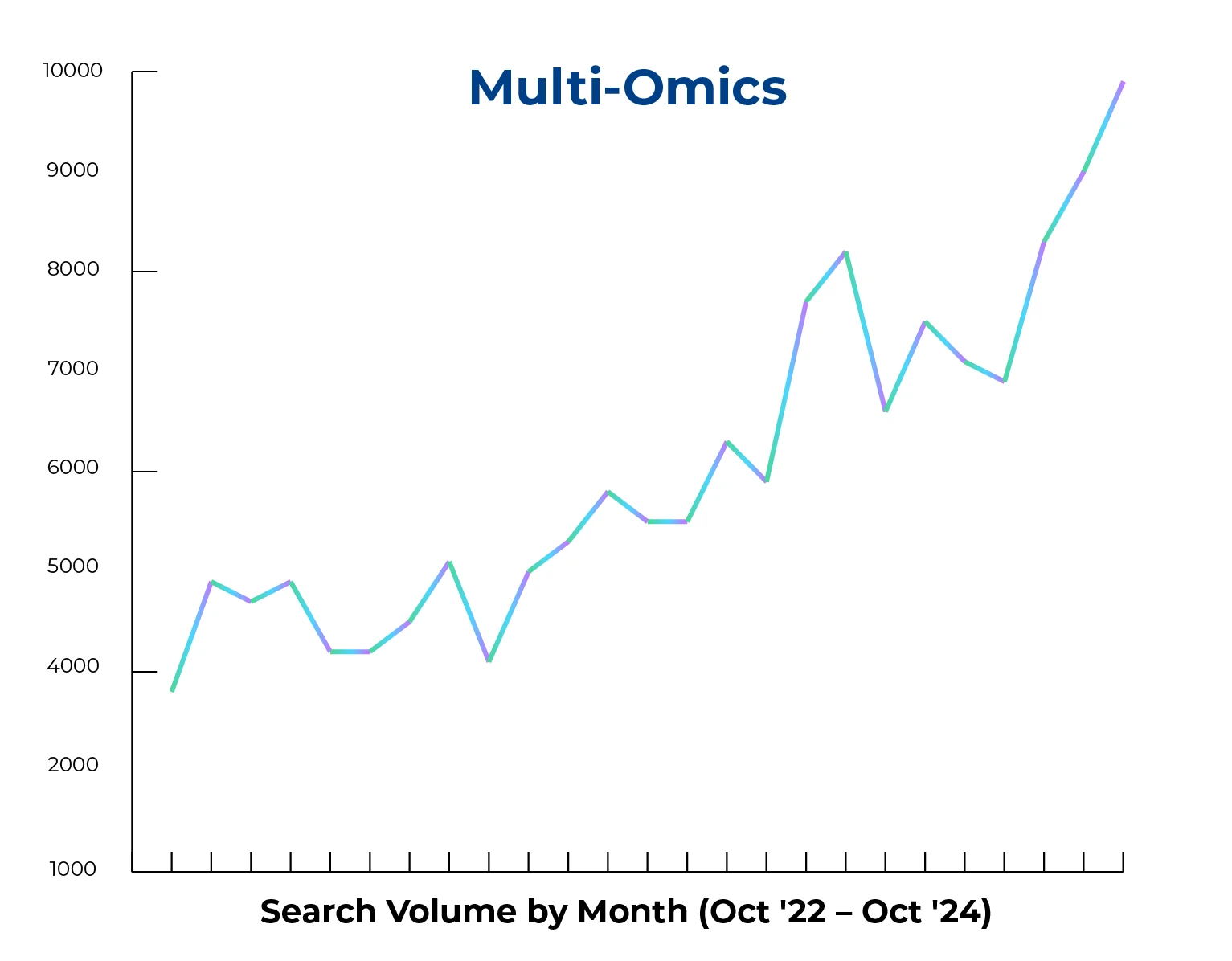
AI is advancing multi-omics by integrating and analyzing complex datasets across different biological “layers”, such as genomics, proteomics, and epigenomics, to uncover new insights. AI enhances the accuracy and scalability of data analysis, enabling researchers to detect rare changes, automate workflows, and process large datasets efficiently.
AI in Clinical Trials
"In the past, it took us months in order to just do the literature review in order to understand the parameters and what previous clinical trials did in the same therapeutic area or in the same type of sites and operational infrastructure." according to Raviv Pryluk, CEO of PhaseV, which uses machine learning to combine clinical knowledge with innovation in statistics. "But today, in a click of a button, you can get all the relevant parameters and then run millions of simulations in order to find the optimal design."
AI is helping clinical trials become more efficient in selecting sites and managing trials. "The ability to analyze massive amounts of data from multiple models and to find the subgroups of patients that are responding the most, the biomarkers, and validate hypotheses is extremely more efficient using AI," according to Pryluk.

Closing Data Gaps in Women's Health
Historically, women have been underrepresented at various stages of life sciences and healthcare, leading to gaps in diagnostics and treatment. However, AI is being used in innovative ways to address the disparity.
Evvy uses metagenomic sequencing to discover overlooked female biomarkers in biomarker discovery. Its approach focuses on the vaginal microbiome with insights into women's health through at-home testing kits. Empowering women with actionable health data paves the way for better diagnostics and treatment. Interest in Evvy's work is growing rapidly, with Google searches for the company increasing by 93% over the past two years, underscoring a broader acknowledgment of the need for innovation in women's health diagnostics.
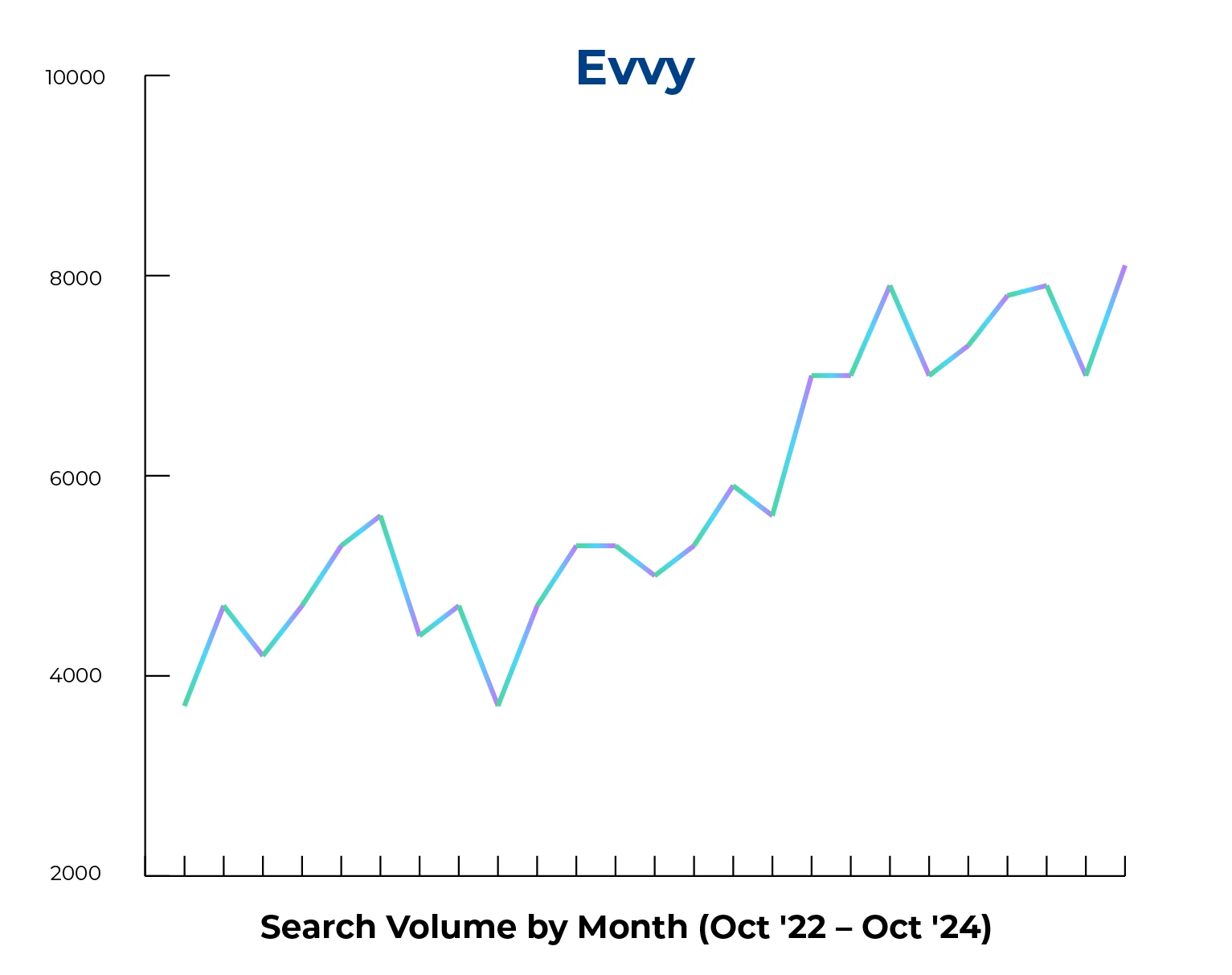
Disparities in clinical trials also exist. For example, between 2016 and 2019, women comprised only 42% of participants in psychiatric clinical trials despite making up 60% of patients with psychiatric disorders, according to a study in Contemporary Clinical Trials. AI is helping close this gap by analyzing large datasets to uncover unique health trends among women.
K'ept Health, a woman-focused health informatics, and AI company, is focused on increasing the participation of women of color in clinical trials. Black people make up about 14% of the U.S. population but only 5% to 7% of clinical trial participants. Clinical trial participation is important because it allows people to access emerging treatments, tests, and approaches to improving care.
Precision Medicine: AI Meets Personalization
AI is increasingly being used to tailor treatments based on individual genetic and environmental factors. Healthcare providers heavily invest in AI-driven tools to improve patient outcomes and reduce costs. According to Deloitte, 62% of healthcare organizations are pursuing personalized medicine initiatives, and public interest is growing. Google searches for "precision medicine" have risen by 200% over the past year.
"AI empowers caregivers to tailor therapies to individual profiles, improving patient outcomes," says Bradley Bostic, Founder, Chairman, and CEO. Companies like Tempus are integrating molecular data with AI to create individualized treatment plans.
Dr. Schell at Cognizant is also bullish about future applications. "As AI becomes more integrated into clinical workflows, it will shift from isolated applications to comprehensive decision-support systems that aid real-time patient management. When it comes to personalized and predictive medicine, AI will have a greater ability to predict patient outcomes such as disease onset and progression. This can support predictive healthcare models, with interventions personalized based on AI-generated risk assessments by conditions including heart disease, diabetes, or behavioral health."
One example is CorVista Health, which uses machine learning to predict the likelihood of cardiovascular diseases, providing diagnostic insights without radiation, contrast agents, or invasive procedures. "This platform combines advanced machine learning with data precision to provide near-instant results, enabling physicians with diagnostic capabilities in point-of-care settings, even in underserved or rural "cardiology deserts", according to Charles R. Bridges, M.D., Sc.D., EVP & Chief Scientific Officer at CorVista Health.
Alto Neuroscience uses artificial intelligence (AI) to develop precision psychiatric treatments by identifying brain biomarkers that predict patient responses to specific therapies. In clinical studies, Alto's approach has shown promising results. Not surprisingly, there has been considerable interest in the company in the past two years, but what is striking is their 20X increase in Google searches in the past 12 months.
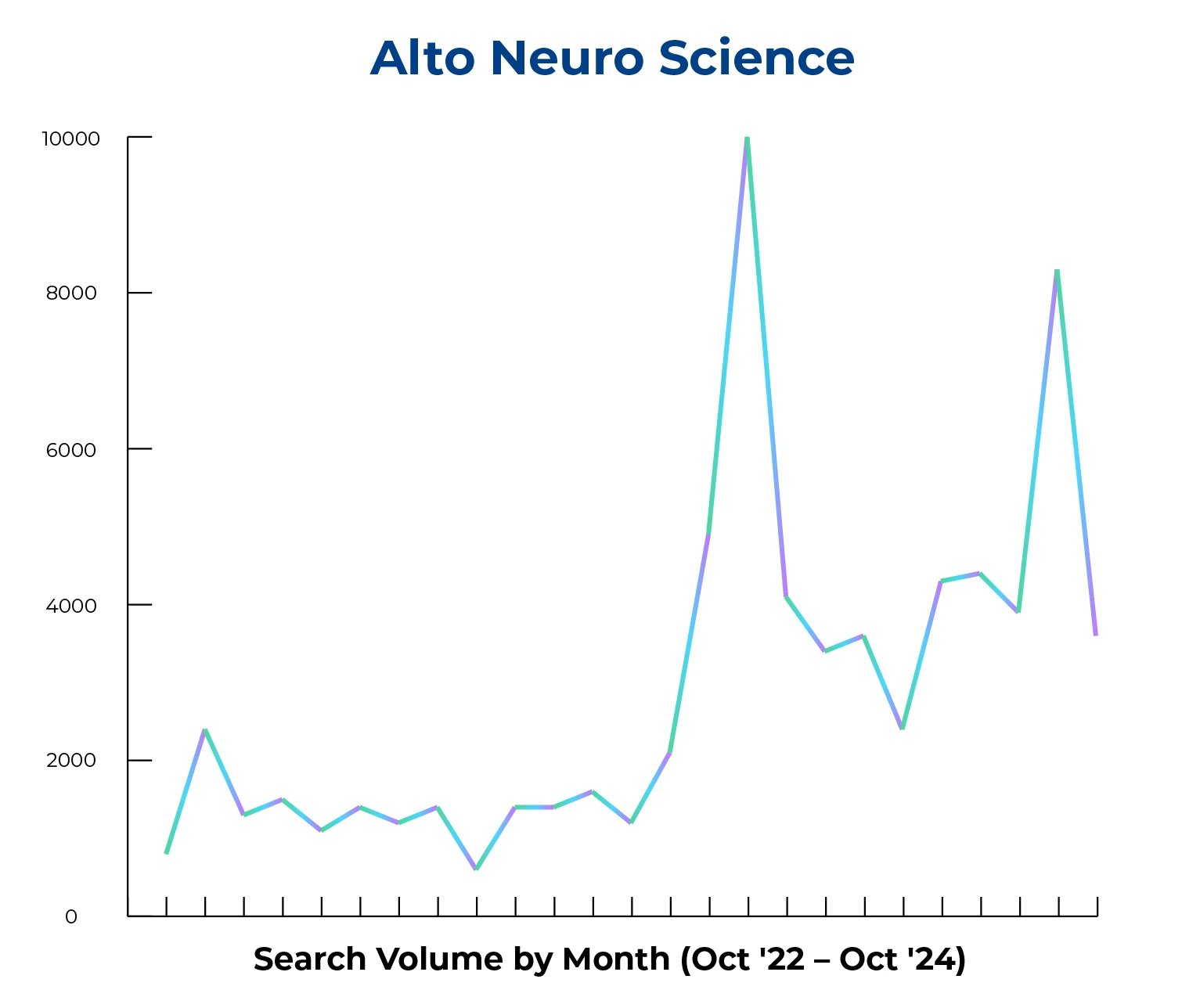
AI in Medical Imaging and Diagnostics
Medical imaging is one of the most impactful areas for AI adoption. Algorithms can analyze X-rays, MRIs, and CT scans with accuracy comparable to, or even exceeding, that of human radiologists.
A Lancet study found that AI systems achieved a 94% accuracy rate in detecting diseases in medical images.
While these AI models are impressive and have demonstrated their ability to prevent mistakes, they often do not effectively integrate into the clinical decision-making workflows for other stakeholders. Therefore, they are not adopted at scale.
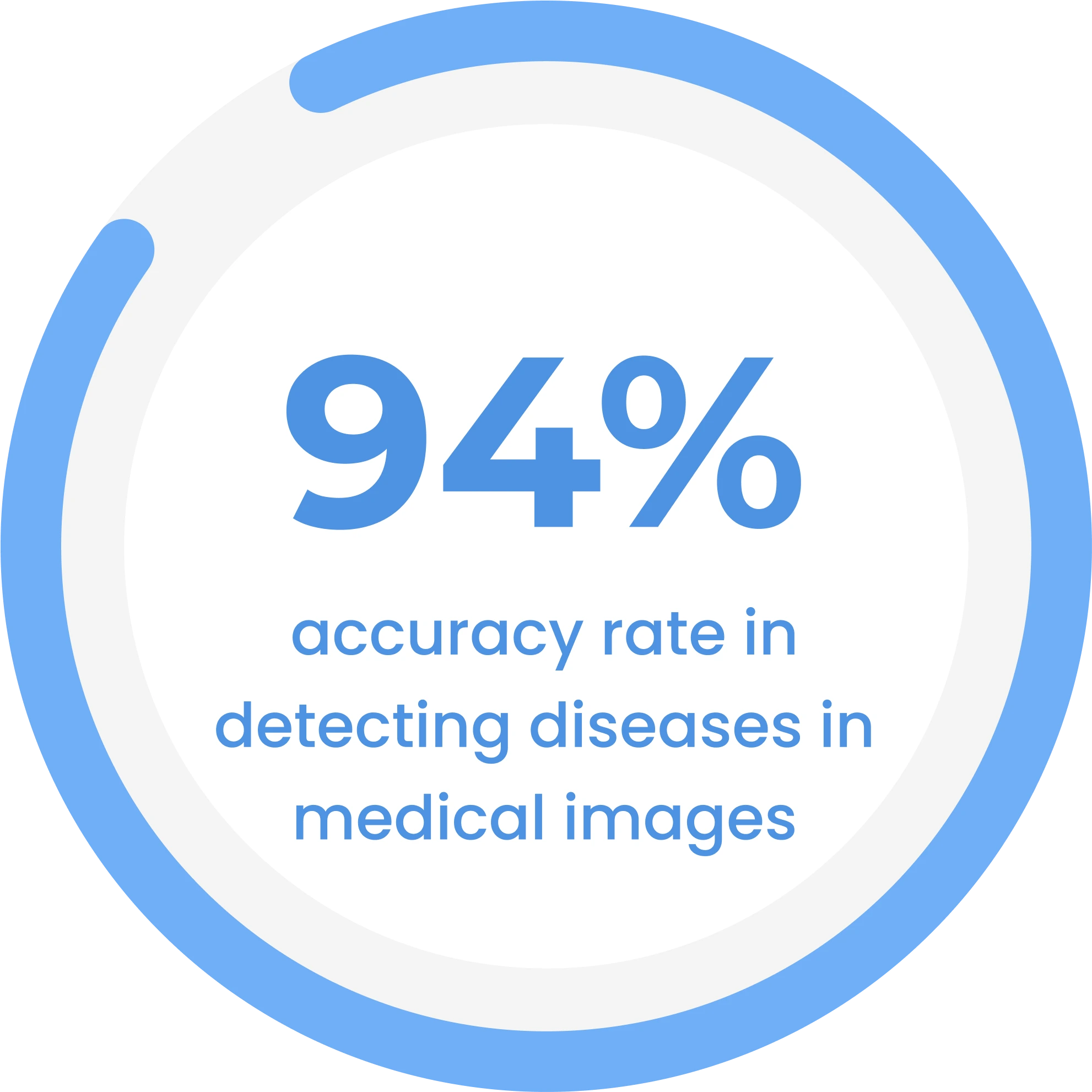
Jeffery Sorenson, CEO of Yunu
"With 850 FDA-cleared radiology AI applications and limited adoption in clinical routines, the reality is that these techniques are not reaching patients. This is likely because they often focus on the seat of the radiologist without providing clear and convincing benefits to the downstream clinicians who direct patients’ care."
Addressing Fundamental Data and Policy Issues is Key
With increased innovation, systematic challenges must be addressed to realize AI's full potential in certain life sciences and healthcare areas.
It is critical to ensure that sufficient, representative data is being used. Partnerships between industry players and public policy facilitating data sharing are vital to making that happen since the healthcare ecosystem is fragmented, with many players, different systems, and disjointed datasets.
According to Taylor Capito, CEO of GenRAIT, "It still takes 15 years to take a therapeutic to market because of policy demands for testing by the FDA. And it's blocked by data accessibility. And so, what's driving adoption is access. And the reason that adoption isn't faster is a lack of access of joined technologies, joined data types, and joined systems to enable that transition.
Sheena Franklin, CEO of K'ept Health
"We must address biases in AI algorithms to prevent disparities in healthcare delivery. Policy needs to incentivize data sharing for the collective good while not stifling innovation,"
The American Medical Association recently published "The Future of AI and Precision Health: What Stands in the Way", highlighting the critical challenges that hinder the widespread adoption of AI and precision health technologies. These challenges also reflect broader issues in the healthcare sector and include:
Lack of diverse and representative datasets: The limited availability of high-quality health data—encompassing race, ethnicity, gender, sex, and geography—hampers the development of effective and inclusive AI models.
Data privacy concerns: Safeguarding patient data through encryption, de-identification, and access control is crucial to prevent misuse that could lead to harm.
Incomplete longitudinal data: Many electronic health records lack comprehensive patient health histories, reducing their value for AI-driven insights.
Addressing these fundamental issues will enable the sector to fully leverage existing data-sharing networks. SOPHiA GENETICS has created a global data-sharing network and works with customers from over 780 institutions in over 70 countries. Their software platform helps healthcare institutions extract more insights from their data to aid in discoveries, drug development, and treatment decisions for diseases such as cancer and inherited disorders. Interest in the company has increased significantly in the past two years. Google searches for SOPHiA GENETICS have grown by 57% in the last year.
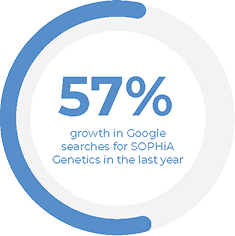
Medical Education and Training
AI is also being used to train the next generation of medical practitioners. MedCerts, a Stride Company, is using AI to score students' interactions with virtual characters in scenarios that build soft skills like problem-solving and communication. Rubrics are used, and AI provides feedback to students so they can understand where they excelled or fell short. "In our newest iteration, we've now combined soft and hard skills simulation," says Dana Janssen, Chief Product Officer at MedCerts. "For example, the learner is taking an EKG reading on a patient, step-by-step, carefully following all protocols, while also engaged in a conversation with that patient. We're also exploring similar models to support team-based simulation training.
Companies to Watch
While many companies drive innovation in AI for life sciences and healthcare, the following were most frequently cited by the experts we interviewed (or have dramatically increased Google searches for their company names).
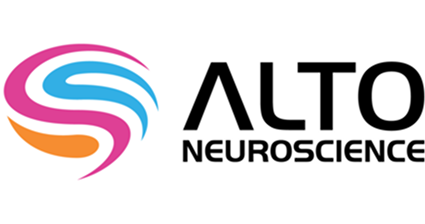
Uses AI to develop precision psychiatric treatments by identifying brain biomarkers that predict patient responses to specific therapies
A biotechnology company leveraging AI-driven platforms to aid in the development of innovative therapies.
An AI-enabled drug discovery engine that unlocks the power of biomedical data to accelerate treatment development.
Develops AI-guided tools to improve cardiac imaging.
Designs wearable devices with medical-grade sensing capabilities to monitor and analyze physiological data for health and wellness.

Pioneering female biomarker research using metagenomic sequencing.
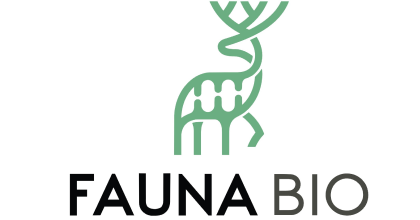
Focuses on translational therapeutics by utilizing multi-omics data to identify novel drug targets and biomarkers, addressing diseases with high unmet needs.
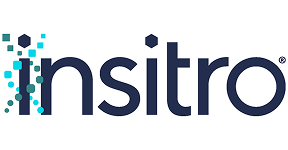
Combines AI and biology to advance drug discovery and development.

Integrates multi-omics data with AI to enhance drug discovery, collaborating with pharmaceutical companies to drive oncology research.

Specializes in genomic data analysis for disease prediction.
Leverages AI and molecular data to deliver precision medicine solutions.
Predictions for 2025
In 2025, AI is anticipated to enhance healthcare delivery through collaborative data ecosystems, expanded applications, regulatory advancements, and continued progress in patient-centered care. These predictions are based on current trends and assumptions from the interviews and research we conducted, and outcomes may vary due to unforeseen circumstances or changes in the industry landscape.
AI Collaborative Data Ecosystems
What to look for: enhanced partnerships between tech companies, providers, and regulators.
In 2025, AI will see major advancements using real-world data (RWD) and federated learning. While data privacy and political concerns have limited data sharing across institutions in the past, federated learning will become mainstream, enabling healthcare organizations to collaborate without directly sharing sensitive patient data. This approach will generate more accurate AI models and overcome challenges related to data silos." - Dr. Scott Schell, Chief Medical Officer at Cognizant.
Mittul Mehta, Chief Information Officer and Head of Tevogen.AI
"The industry is prioritizing data normalization and democratization to address gaps in underserved populations and geographies. Another key trend is the rise of AI-powered wearable devices, which provide continuous patient monitoring and engagement between doctor visits."
Expanded AI Applications
What to look for: broader use of AI in rare disease diagnostics and tailored treatment plans
"In 2025, there will be broader use of AI in rare disease diagnosis and personalized treatment plans." - Sheena D. Franklin, Founder/CEO of K'ept Health:
"There will be new possibilities for PH diagnostics and care to underserved communities disproportionately impacted by the disease. With AI-driven platforms, these tools will help expand health equity and transform care for rare diseases like pulmonary hypertension." - Charles R. Bridges, M.D., Sc.D., EVP & CSO, CorVista Health.
Taylor Capito, CEO of GenRAIT
"The next two years will see upstream data challenges solved at scale, unlocking the genome's predictive power"
Regulatory Progress
What to look for: transparency in AI models and the absence of "black boxes," along with regulatory frameworks tailored to AI usage.
"With regulatory scrutiny expected to intensify, healthcare organizations must ensure that AI systems prioritize data privacy and security, comply with evolving regulations, and are designed to mitigate bias. Transparency will also become non-negotiable—clinicians and patients will demand clear insights into how AI models make decisions." - Dr. Scott Schell, Chief Medical Officer at Cognizant.
Mittul Mehta, Chief Information Officer and Head of Tevogen.AI
"The industry will need regulatory frameworks to establish guidelines for the validation and approval of AI-based medical interventions. Strides will also be made in addressing underserved populations, though progress will be needed to ensure equitable data representation."
Taylor Capito is much more optimistic about the outlook for the regulatory environment. In the Trump administration, "I think that the regulatory issues are going to be reviewed and largely removed…"
Machine Unlearning
What to look for: Algorithms that "forget" specific pieces of data by selectively pruning information - given privacy and other concerns - while keeping the power of models trained on other data. The goal is to reliably remove specific data from a trained machine learning model without retraining it from scratch, effectively erasing the influence of that data. Google and OpenAI are exploring learning techniques that address requests to remove data from users to protect privacy. Organizations like Jameel Clinic are actively working on approaches in life sciences. We predict Machine Unlearning, also known as Empirical Risk Minimization (ERM), will gain traction in 2025 in life sciences and beyond.
Patient-Centered Care
What to look for: Improved outcomes and quality of life through AI-driven therapies.
"By focusing on interoperability, security, and user-friendliness, AI solutions will become more accessible to healthcare providers, supporting a shift towards precision medicine and value-based care. These advancements will lead to a more efficient, patient-centered healthcare system, benefiting patients and providers," according to Bradley Bostic, Founder, Chairman, and CEO at hc1.
Considerations for Expert Interviews
The following are areas ripe for research among investors and corporate strategists, particularly with expert interviews.
Commercialization:
What are the hidden opportunities (and risks) at specific companies using AI in life sciences?
What is their product roadmap, and what are the implications for market adoption?
What has been the feedback from customers of specific companies?
What are the perspectives of competitors to specific companies?
Machine Unlearning (ERM):
What technologies and methods are emerging to remove data from trained machine learning models (to protect privacy and reduce biases)
Which players are innovating in this space?
Data Interoperability:
How are specific companies forging partnerships to gain a critical mass of data for AI applications?
How can healthcare organizations overcome fragmentation to create seamless data-sharing ecosystems?
What technological or policy frameworks are needed for interoperability across disparate healthcare systems?
How can incentives for collaboration be aligned to encourage data sharing without compromising innovation?
Ethical Considerations:
What strategies can be employed to identify and mitigate biases in AI algorithms used in healthcare?
How can patient data privacy be preserved while leveraging large datasets for AI analysis?
What ethical guidelines should be developed to govern the use of AI in sensitive areas like diagnostics and treatment?
Ron Tilles, Board Member at Pyros Pharmaceuticals (acquired by Bora Pharmaceutical)
"As technology advances, the need for ethical guardrails becomes even more critical."
Regulatory Hurdles:
What steps are regulators taking to streamline the approval process for AI-driven healthcare applications?
How can global regulatory bodies harmonize standards to facilitate the adoption of AI across borders?
What role should industry stakeholders play in shaping regulatory frameworks for emerging AI technologies?
Experts Interviewed
This report is based on interviews with experts in the field, including:
Bradley Bostic, Founder, Chairman, and CEO, hc1
Taylor Capito, Founder & CEO, GenRAIT
Charles R. Bridges, M.D., Sc.D., EVP & Chief Scientific Officer, CorVista Health
Sheena Franklin, CEO K'ept Health
Dana Janssen, Chief Product Officer, MedCerts
Mittul Mehta, Chief Information Officer and Head - Tevogen AI, Tevogen Bio
Raviv Pryluk, PhD, CEO at PhaseV
Jeffery Sorenson, CEO of Yunu
Ron Tilles, Board Member at Pyros Pharmaceuticals
Dr. Scott Schell, Chief Medical Officer at Cognizant
Conclusion
The integration of AI into life sciences and healthcare is reshaping the industry and unlocking new opportunities for innovation. As AI tools become more sophisticated, their potential to transform diagnostics, precision medicine, and drug discovery will only grow. In 2025, AI will help provide a more personalized, efficient, and patient-centered system that will benefit many more people. That said, the future of AI in healthcare lies in collaboration, investment, and a focus on ethical and equitable deployment.
Disclaimer
This report is for general informational purposes only. While efforts have been made to ensure accuracy, we make no guarantees regarding the completeness, reliability, or suitability of the information provided. Actual outcomes may vary significantly due to factors beyond our control, and we disclaim all liability for any loss or damage resulting from the use of or reliance on this report.
